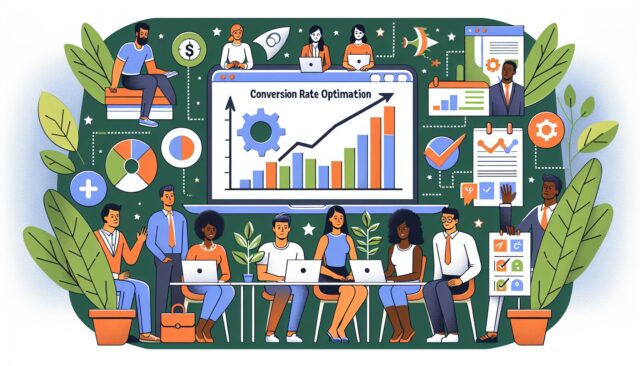In the ever-evolving world of digital marketing, online marketers are constantly seeking new ways to promote their products and services to a wider audience. One effective strategy that has gained popularity in recent years is buying paid ads on social media platforms. With the ability to target specific demographics and reach a large number of potential customers, paid ads on social media can be a valuable tool for online marketers looking to increase their online presence and drive traffic to their website.
One of the biggest advantages of buying paid ads on social media is the ability to target specific demographics. With social media platforms like Facebook, Instagram, and Twitter offering detailed targeting options, online marketers can narrow down their audience based on factors such as age, gender, location, interests, and more. This level of precision targeting ensures that your ads are being seen by the right people, increasing the likelihood of conversion and maximizing your return on investment.
In addition to targeting specific demographics, paid ads on social media also have the potential to reach a much larger audience than organic posts. While organic posts rely on algorithms to determine who sees them, paid ads allow you to reach a wider audience by appearing in users’ feeds and timelines as sponsored content. This increased visibility can help you generate more leads, drive more traffic to your website, and ultimately increase your sales.
Another advantage of buying paid ads on social media is the ability to track and measure the performance of your campaigns. Most social media platforms offer robust analytics tools that allow you to monitor the effectiveness of your ads in real-time. By tracking metrics such as click-through rates, conversion rates, and cost per acquisition, you can gain valuable insights into which ads are performing well and which ones need tweaking. This data-driven approach to marketing can help you optimize your campaigns for better results and a higher return on investment.
While buying paid ads on social media can be a highly effective strategy for online marketers, it’s important to approach it with a clear plan and budget in mind. Before launching a paid ad campaign, take the time to define your goals, target audience, and key messaging. Determine how much you’re willing to spend on ads and set realistic expectations for the results you hope to achieve. By being strategic and intentional with your paid ads, you can maximize their impact and ensure a positive return on investment.
In conclusion, buying paid ads on social media can be a valuable strategy for online marketers looking to increase their online presence and drive traffic to their website. With the ability to target specific demographics, reach a larger audience, and track performance metrics, paid ads on social media offer a powerful tool for promoting products and services online. By approaching paid ads with a clear plan and budget in mind, online marketers can optimize their campaigns for better results and ultimately achieve their marketing goals. So if you’re looking to boost your online marketing efforts, consider investing in paid ads on social media – the results may just surprise you.









